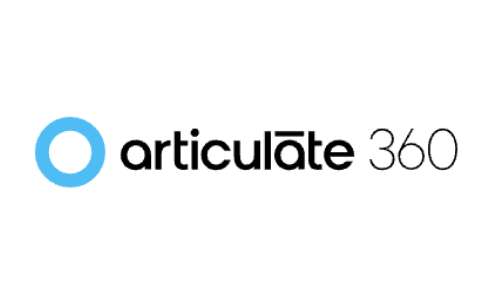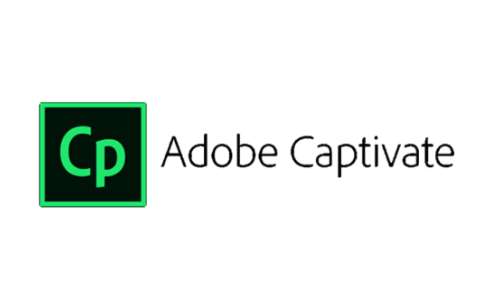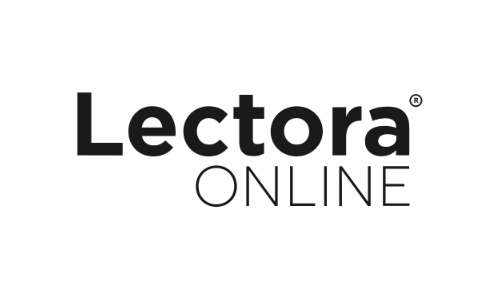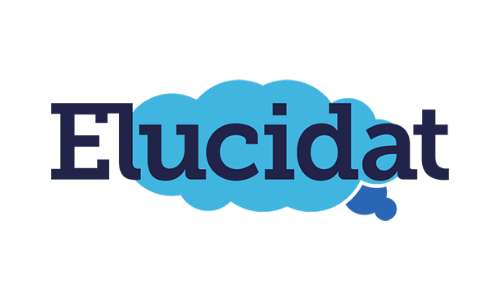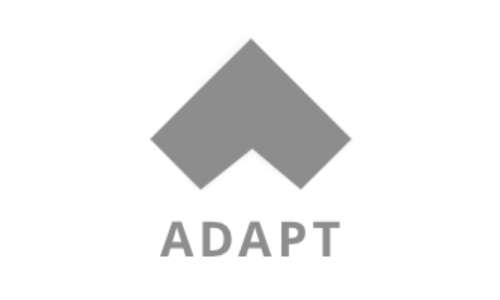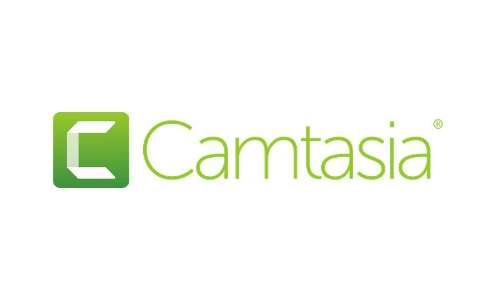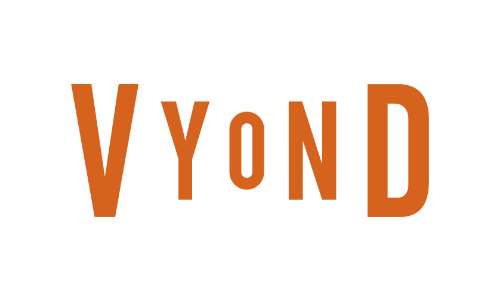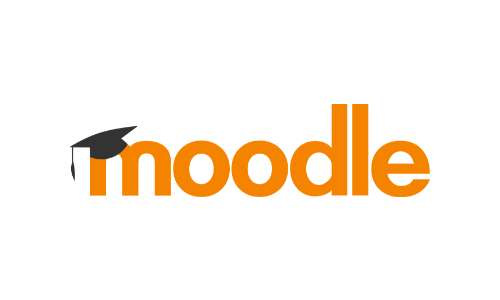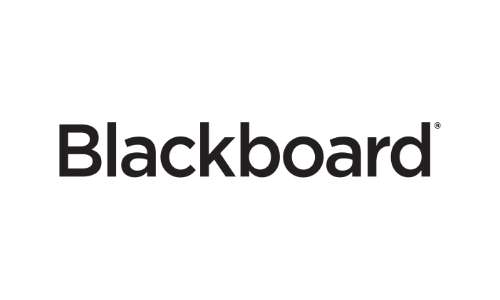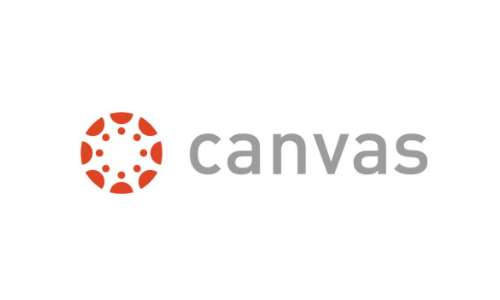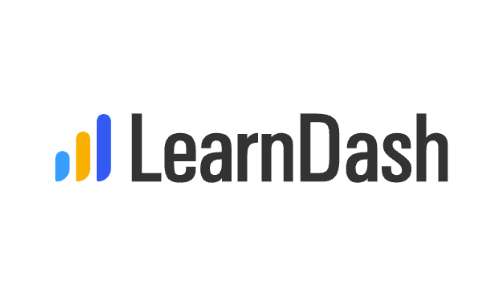Our Process
Our course design model is an iterative process designed to ensure our products and services are developed to a consistently high standard.
Our Approach
We apply a top-down approach (similar to backwards design) to both our course design and development process and the student learning experiences we create. According to the Merriam-Webster dictionary, Top-Down refers to the breaking down of large, general aspects (as of a problem) into smaller, detailed, or more complex components: that is, working from the general to the specific.
We apply this model when developing both accredited and non-accredited programs, and across various contexts and course types.
What we do
Our course development process begins with the end in mind. This means analysing and identifying the desired (and measurable) learning outcomes, results, goals, and standards that underpin the program's objectives.
We do this by:
- Consulting with and seeking feedback, input, and suggestions from SMEs and stakeholders to conduct a high-level training needs analysis
- Developing a wireframe model of the course outline and its interrelated components, including assessment tools, learner guides, and formative learning activities.
Why develop with the end in mind?
These preliminary activities provide project managers, SMEs, and stakeholders with a conceptual view of the course, while helping us to visualise what a competent learner looks like in the workplace.
Identifying learning outcomes and objectives also helps us to answer questions like:
- What knowledge and skills will learners be able to demonstrate after completing the course?
- What learning pathways and experiences can we create to help them achieve their objective?
A scaled-down representation (or rapid prototype sample) of the course can be created to support the planning stage.
After the initial planning has been completed and project goals have been laid out, the development of instructional materials, assessment tools, interactions, and learning activities begins.
In consultation with the client, we can complete the project by utilising AGILE instructional design methodologies to develop, test, and review individual components and elements, or by completing the project in its entirety with periodic reviews, feedback and progress updates.

